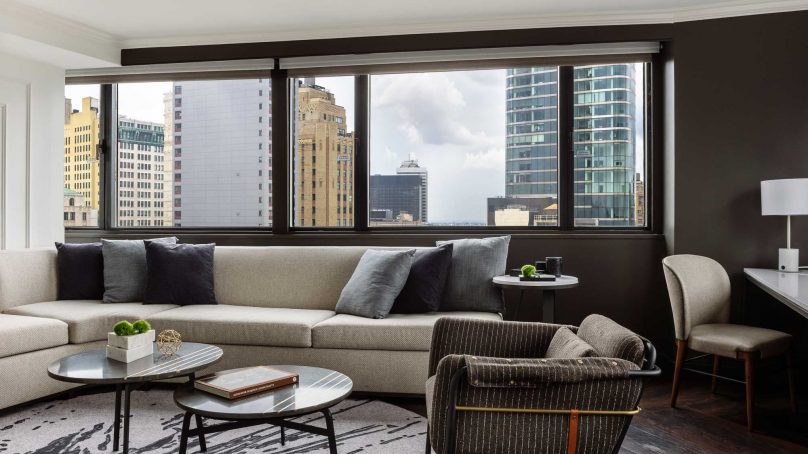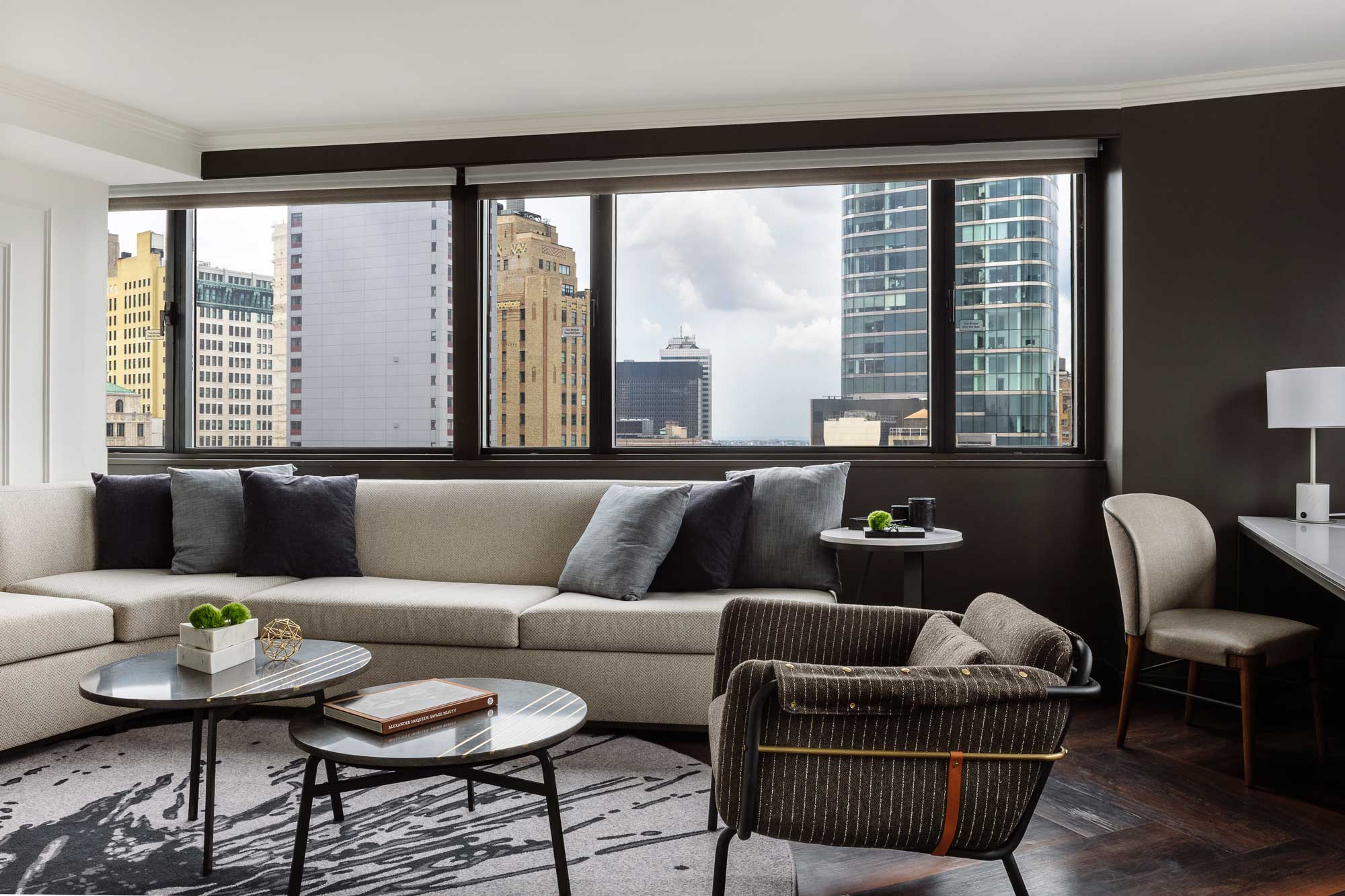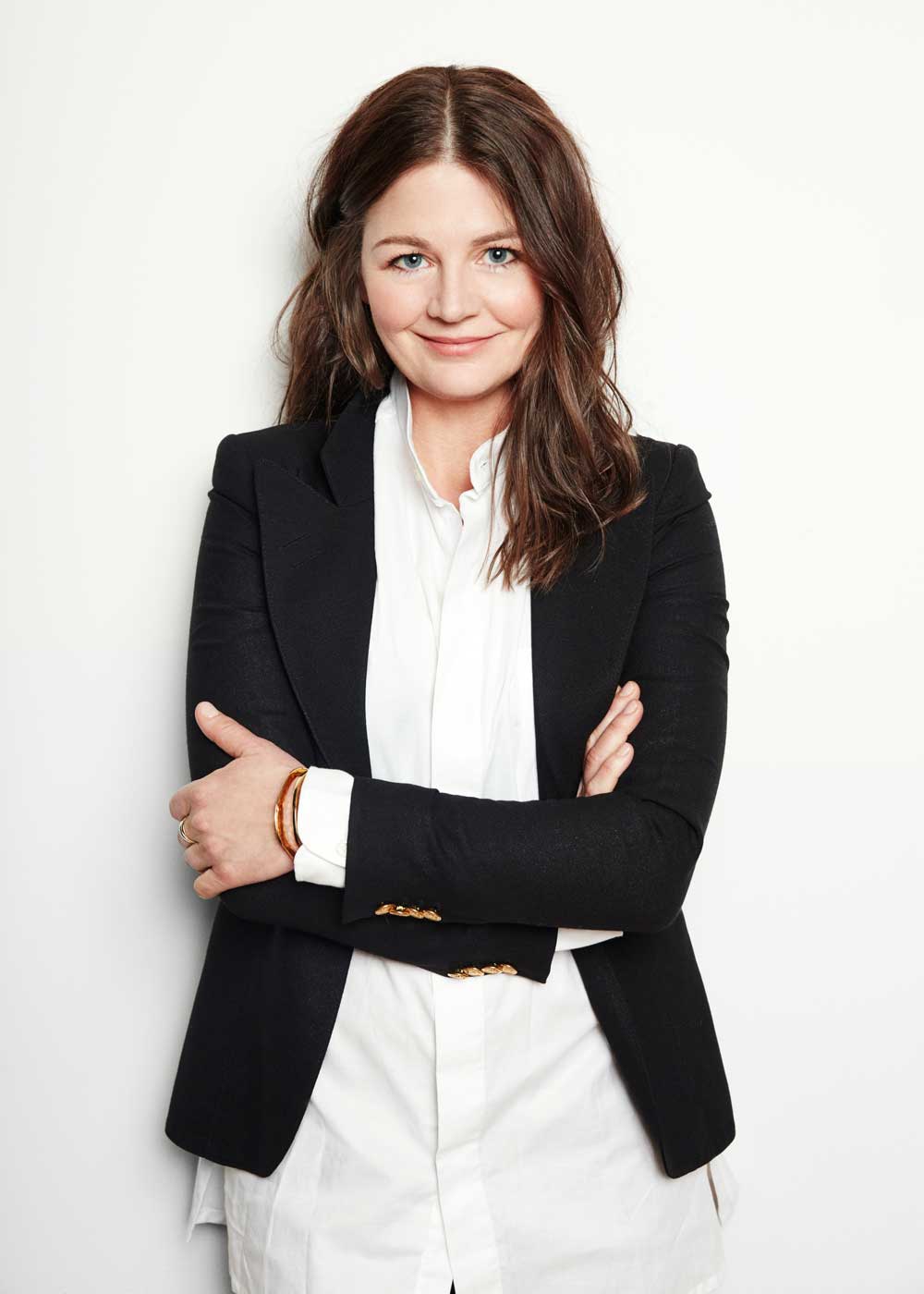Whether it’s a facelift or a fullfledged restoration, refurbishing rooms breathes new life and energy into a hotel and enables it to greet guests with a fresher look. Hospitality News ME spoke to Tracey Sawyer, of Sawyer & Company, a New York-based interior design agency dedicated to creating inspired concepts for luxury hotels, boutique hospitality groups and lifestyle brands, to highlight new trends in room renovation styles
When to renovate
To stay competitive and current with its competition, it is important for a property to make observations of competitor’s updates, keep a close eye on industry trends and renovate accordingly. It is also important that a property updates its rooms as frequently as its environment is changing. For example, if the city in which it lies is undergoing a cultural renaissance of sorts or a major modern installation, or a building is debuting in the area, that would be an ideal time for the property to follow in the footsteps of its surroundings. Typically, we are seeing a soft goods renovation every seven years and full renovation, including bathrooms, about every 14 years. The soft goods renovation serves to refresh the room and can include any additional or worn items, with casegoods typically remaining. It is important at the seven-year renovation to select the most impactful moments that will reshape and refresh the guestrooms most efficiently. If a hotel has recently renovated its rooms, it is important to keep up with industry news through various publications and attendance at major design and hospitality trade shows on an annual basis, to stay on top of the latest trends. Additionally, carrying a budget for refreshing the styling between renovations cycles can help to keep the hotel and guest rooms up to date.
Be mindful of the location
Location is a crucial consideration in our refurbishment themes. Inspiration drawn from the people, landmarks and culture that defines a place often defines the overarching design theme entirely in many cases for our firm. In the case of the New York Marriott Downtown, we drew inspiration from ‘the continuing line’, symbolizing the hotel’s place in downtown Manhattan, surrounded by history, the future and moments in time, continuously evolving, changing and moving forward. Preparing for an international project takes ample research on both traditional and historic design and cultural tradition. Customizing and personalizing details, in accordance with copious amounts of research, is of utmost importance.
12 room renovation trends
1. Patterned flooring (for example, parquet flooring or mosaic tile detail)
2. Opting for a neutral color palette that features natural textures and materials are both on trend and timeless in design
3. Large-format tiles
4. Biophilic design
5. Multi-functional workspaces (for example, standing or flexible desks)
6. Environmentally friendly features including LED lighting, heat-saving technology and the use of natural, eco-friendly materials
7. Hard-surface flooring
8. Glass partitions throughout bathroom spaces
9. Open-floor plans that allow for optimal natural lighting
10. Bathtub conversions to showers
11. Natural materials never go out of style
12. Mirrors to enhance and reflect daylight and room light
Case study: New York Marriott Downtown
For this renovation, the Krause Sawyer team chose a soothing neutral palette that reflects the colors of local modern and historical architecture, while sleek parquet floors call to mind an old-world elegance. The hotel’s location near the Battery Park waterfront is emphasized by bringing inside elements reminiscent of water and nature, creating an ambiance that serves as a calming oasis away from the bustle of the Financial District.
The room interiors are highlighted by refined details like wall panel molding and luxe parquet flooring throughout.
Carpet tiles lie at the bedside and living area, visually creating a continuous line within the space. Sectional sofa sleepers with pillows and side tables lend a cozier, home-like feeling to the rooms, while dark paint around the windows emphasizes the natural light pouring in. In the hotel’s suites, paint-applied decorative molding, with inset custom sculptural artwork, adds visual interest and depth. A full-length mirror with wall hooks allows for casual open storage for coats or bags, and a stone console table with dark bronze metal frame and legs is an added attraction. In addition to the rooms and suites, Krause Sawyer has also redesigned the Concierge Lounge, featuring a new marble-look entry portal. Panel molding and integrated millwork surround columns, creating an intimate atmosphere for the 75 seats. Axminster carpet grounds semi-private screen wall panels in wood and steel. The mix of new and old continues with the juxtaposition of a white entry portal, semi-private screen walls, parquet flooring, a buffet counter with storage and stone inset back panels, computer ledge and panel molding walls. The furnishings are monolithic and natural, featuring casegoods with warm, elegant and easy soft goods. Separation of the long space is accomplished through a variety of seating, differing table heights and custom-tailored furniture. In the elevator lobbies, Krause Sawyer continues the combination of classic and contemporary, with fresh wall sconces, sheer Roman shades and upholstered benches set beneath modern artwork.
Sawyer & Company is a New York-based boutique design studio that creates thoughtful, inspired interiors for hospitality and travel destinations. Founded by Tracey Sawyer, the award-winning firm has been developing unique design experiences since 2010, ranging from international brand prototypes to independent boutique destinations. Taking a holistic approach to design, Sawyer & Company seamlessly blends the guest experience with a brand’s unique identity and neighborhood culture to create physical spaces that withstand the test of time. The company’s strength lies in an inherent ability to create thoughtful travel concepts that inspire and fascinate. Sawyer & Company designs with a fundamental appreciation for the relationship between interior, exterior, locality and history, in addition to a considerate approach to the guest experience and a passion for travel. The firm has worked with a wide roster of luxury and lifestyle clients, and numerous brands under global hospitality giants including Hilton, Hyatt, and Marriott.Sawyer & Company is WBE Certified in New York City, New York State, Port Authority of NY and NJ, and nationally.


















